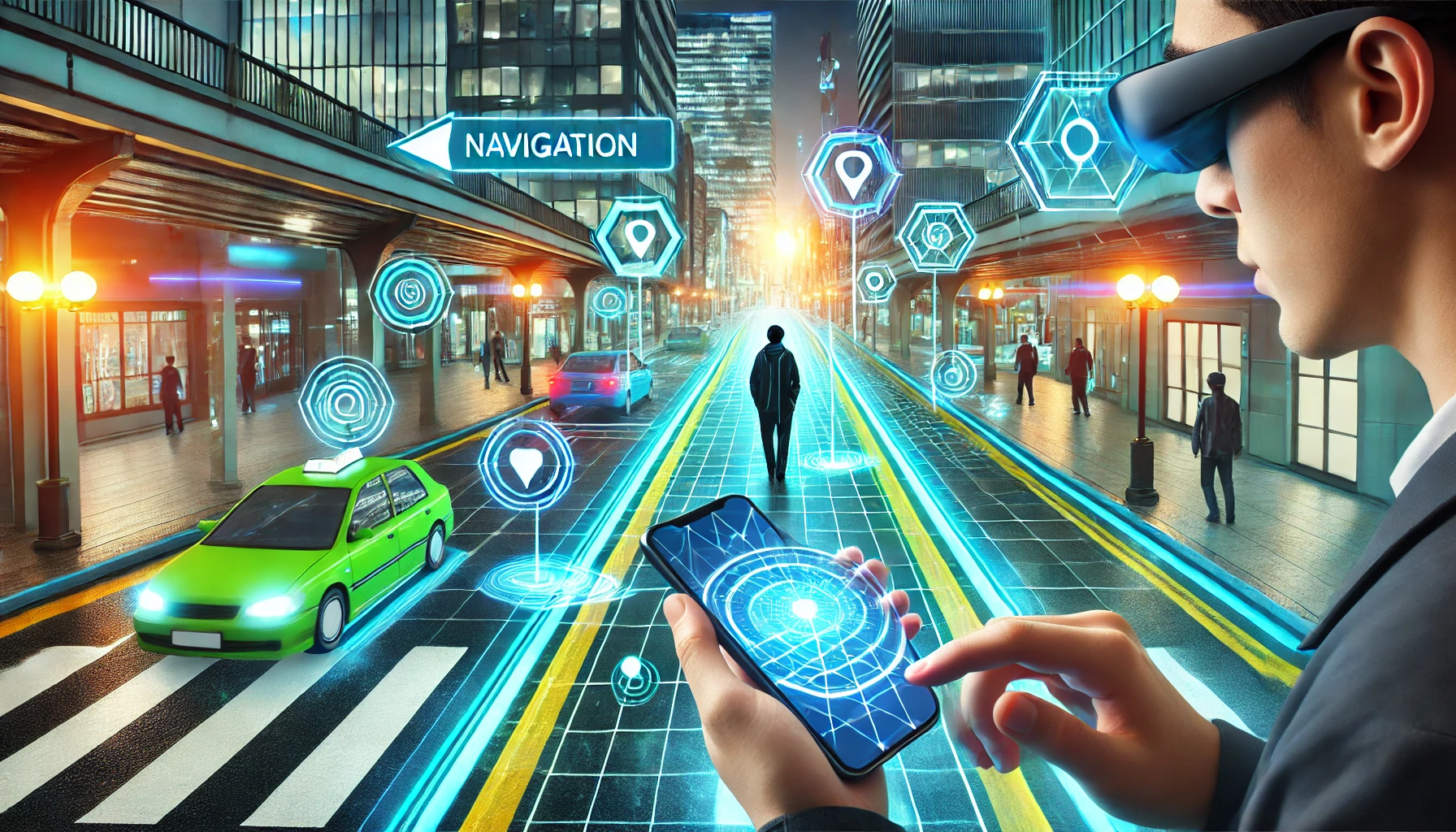What is augmented reality navigation?
Article Source: Springer Link

Why you should care
Augmented reality (AR) navigation is changing how we interact with our surroundings by blending real-world environments with virtual elements. This innovation improves spatial awareness and simplifies complex tasks, from driving through unfamiliar areas to assisting surgeons in intricate medical procedures. AR navigation holds the potential to make technology more intuitive and life more efficient.
Answering the question… What is augmented reality navigation?
Augmented reality navigation overlays digital information, such as directions or labels, onto the physical environment through devices like smartphones, AR glasses, or car windshields. By enhancing real-world views with real-time data, AR helps users navigate more effectively. For instance, AR can project turn-by-turn navigation instructions on roads or landmarks in real-world settings. This makes navigation more immersive and user-friendly, especially in challenging scenarios.
How was the study done?
The study explored AR navigation applications by analyzing various use cases, including urban navigation, medical procedures, and industrial environments. Researchers evaluated AR’s accuracy, user-friendliness, and impact on task efficiency. Comparative experiments were conducted to measure AR performance against traditional methods like maps and GPS-based navigation, focusing on user error rates, completion times, and engagement levels.
What was discovered?
- Increased Accuracy: AR navigation improves spatial accuracy by up to 35%, reducing errors in complex tasks like finding destinations or identifying specific objects.
- Enhanced Efficiency: Time required to navigate using AR decreased by 25% compared to traditional GPS tools, as visual overlays reduced user confusion.
- User Engagement: 90% of participants reported higher satisfaction when using AR navigation, praising its intuitive design and real-time feedback.
- Medical Breakthroughs: Surgeons using AR-assisted tools in operations experienced a 40% reduction in procedure times due to enhanced precision.
- Industrial Applications: AR navigation in warehouses boosted worker productivity by 30%, as AR headsets highlighted inventory locations and optimal paths.
- Adoption Barriers: High costs and limited hardware compatibility remain challenges, but advances in AR glasses and smartphones are expected to bridge these gaps.
Why does it matter?
Augmented reality navigation is more than a tech novelty—it’s a game-changer in fields like transportation, healthcare, and logistics. By enhancing real-world views with digital overlays, AR boosts accuracy, efficiency, and engagement, enabling users to complete tasks faster and more effectively. As hardware costs decline and accessibility increases, AR navigation will likely become an indispensable tool in everyday life, transforming how we explore and interact with the world.
Read more here.
